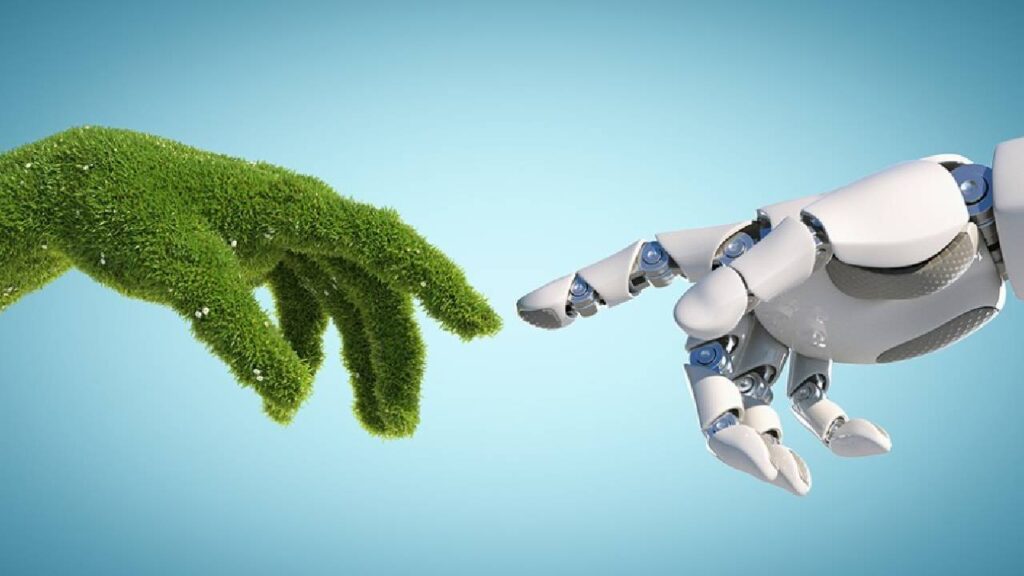As the urgency to tackle climate change intensifies, the focus on decarbonising every link of our supply chain has never been more critical. The United Nations Framework Convention on Climate Change (UNFCCC) defines “Climate Technologies” as any technology designed specifically to address climate change by reducing greenhouse gas (GHG) emissions. This includes an expansive range of innovations that enable both mitigation and adaptation strategies. The growing recognition of our collective responsibility governments, businesses and the public has led to an increased need for sector-specific guidance and interventions. One such critical sector is cold chain logistics, which plays a pivotal role in food, healthcare and essential supplies, yet remains energy-intensive and emission-heavy. Climate technologies encompass a wide spectrum of innovations grouped into ten families crucial for reaching global net-zero ambitions. In the context of cold chain logistics, two families’ energy storage systems and the circular economy stand out for their transformative potential. These technologies, particularly Phase Change Materials (PCMs), are redefining climate-resilient practices in cold chain logistics.
Cold chain systems require constant and reliable cooling to maintain the integrity of perishable goods. Traditionally, diesel generators and electric batteries have served this demand, but both come with considerable environmental costs. Electric batteries, especially lead-acid variants, require multiple energy conversions (electrical to chemical to electrical to cooling), leading to significant efficiency losses and lifecycle emissions. Moreover, they offer a relatively short lifespan of around three years and involve hazardous end-of-life disposal processes. A more efficient and environmentally sound alternative lies in thermal energy storage, particularly using PCMs. These materials store energy in the form of latent heat and are especially suited to cooling applications. For example, a 10 ft x 10 ft solar-powered cold room integrated with PCMs and refrigeration can remain entirely off-grid, needing only 4kWp of solar PV panels to operate throughout the day and night. By contrast, a system reliant on electric batteries would need a higher installed capacity of 17 kWh – significantly increasing the cost and carbon footprint.

When comparing thermal and battery storage for cold chain applications, thermal storage may cost around INR 5,000 per kWh, making it more cost-effective than lead-acid batteries which may cost close to INR 8,000. Thermal storage also achieves approximately 95% conversion efficiency, compared to 80% for electric batteries. PCMs offer a lifespan of up to 15 years, far outlasting the three-year service life of lead-acid batteries. From an environmental perspective, thermal storage systems, primarily composed of non-toxic salt hydrates and water, pose minimal disposal hazards. This data clearly positions PCMs as a superior climate technology for cold storage, offering both environmental and economic benefits.
Another critical pillar in climate technology for cold chains is the adoption of circular economy practices. In traditional cold chain logistics, particularly in pharmaceutical transport, single-use insulated boxes and packaging materials dominate. These often include EPS (expanded polystyrene or “thermocol”), which is non-biodegradable and emits harmful HydroFluorocarbons (HFCs) during production gases that have a far greater warming potential than CO2. Switching to reusable shipper boxes that incorporate PCMs and are designed for over 3,000 cycles offers a more sustainable solution. While the initial capital investment may be higher up to five times the cost of disposable options, the long-term savings in freight, packaging and disposal far outweigh the upfront costs.
Consider a case study where 75,000 vaccine units are moved per month. The EPS box system requires 1,500 boxes monthly, each holding 50 units. In contrast, a reusable system needs only 187.5 boxes, each reused 4 times per month and carrying 100 units. The total monthly cost of using EPS boxes, including freight, stands at approximately INR 19.65 lakh. In contrast, the reusable system brings it down to INR 14.17 lakh- a 28% cost reduction, even accounting for reverse logistics. Additionally, the reusable boxes are lighter, increasing payload efficiency and reducing fuel consumption.
India’s cold chain industry is still evolving, providing a rare opportunity to build climate-resilient infrastructure from the ground up rather than retrofitting inefficient legacy systems. While the global climate crisis accelerates, we cannot afford to delay implementation based on theoretical analyses or wait for Western benchmarks. Small-scale pilots with measurable baselines should be initiated immediately to evaluate and refine climate technologies in real-world conditions. Businesses must move beyond viewing sustainability as a cost centre. Instead, decarbonisation and environmental responsibility should become core components of their growth strategies. A dedicated team or task force focusing on climate initiatives aligned with strategic objectives like cost reduction, fossil fuel elimination and emissions mitigation is essential. The transition to climate-smart logistics is no longer optional. It is a non-negotiable imperative.
Phase Change Materials (PCMs) are emerging as a cornerstone climate technology for cold chain logistics. Whether in stationary storage, reefer vehicles, or pharmaceutical packaging, their ability to store thermal energy efficiently, reduce reliance on fossil fuels and support circular practices make them indispensable for a sustainable future. To win the climate race, we must combine scientific innovation, business model reinvention and a shift in mindset. With technologies like PCMs, the future of cold chain logistics can be not only cooler but also cleaner.
(The author, Vishnu Sasidharan, is the VP – Climate Technologies, of PLUSS Advanced Technologies.)




